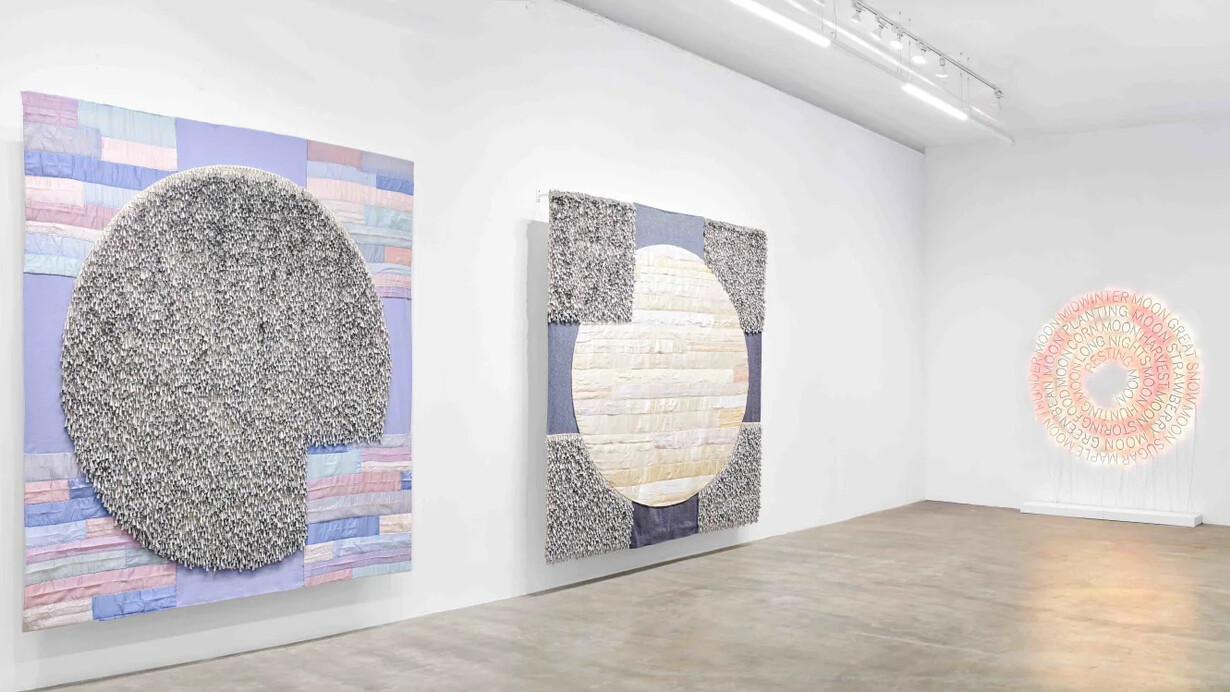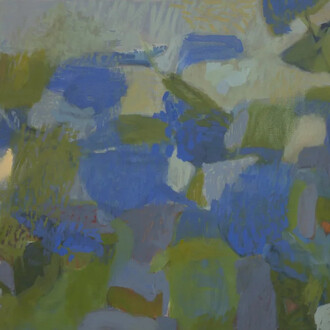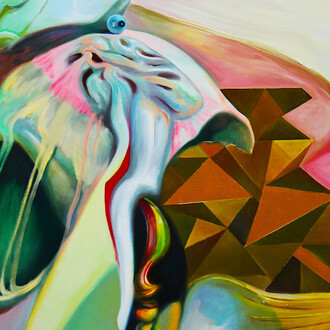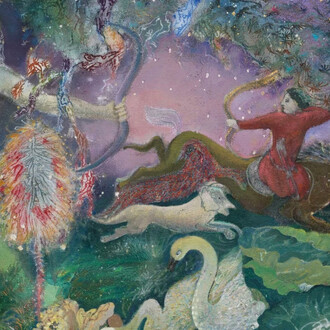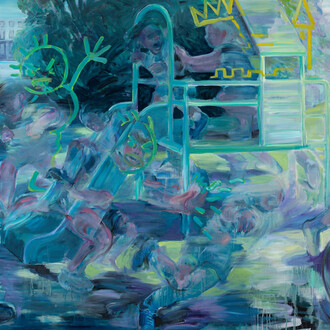Marc Straus is pleased to present Marie Watt’s third solo exhibition at the gallery, Thirteen moons. The show opens at 57 Walker Street with an artist reception on Friday, October 10 from 5pm to 8pm, and will be on view through December 20.
Though the Gregorian calendar has become the dominant standard for measuring time, cultures across our planet independently crafted their own systems, often guided by solar and lunar cycles, seasonal changes, and religious events. A member of the Turtle Clan of the Seneca Nation of Indians with German-Scottish ancestry, Watt explores and honors her Haudenosaunee heritage through her art practice, and her latest body of work is a modern homage to the traditional system of marking one year.
A focal point of the exhibition is a large-scale neon where the names of the thirteen months of the Haudenosaunee are arranged in concentric circles. Translated into English, each month signifies an essential moment in the cycle of the year. For example, the Sugar Maple Moon – which overlaps with March – occurs in alignment with the time when maple trees have converted their stored starch into sugar, when they should be tapped to harvest their sap to make syrup. The front of the neon is eclipsed with white paint and the viewer experiences the piece’s light reflected off the wall – parallel to the way that the moon itself is not a source of light, but is illuminated by the sun.
Watt’s exhibition also includes thirteen embroideries and thirteen watercolors. In Euro-American ethos, the number is thought to be unlucky. For Watt and the Haudenosaunee, it is a foundational number, not only the amount of months in a year but also the quantity of plates that make up a turtle’s shell. According to their ancestral creation story, North America was formed on the back of a giant turtle.
The exhibition will also include two large-scale sewn works that consider the light and ever-changing shape of the moon, reflecting the formal constraints of the small embroideries and watercolors. On view will also be several sculptures constructed with tin jingles, a material frequently used to adorn regalia worn for the Jingle Dance, a healing dance that originated within the Ojibwe community during the 1918 Influenza Pandemic, and which continues to be danced today at intertribal pow wows. Here, they appear as a sculptural medium in their own right, activated by light, movement and sound.
